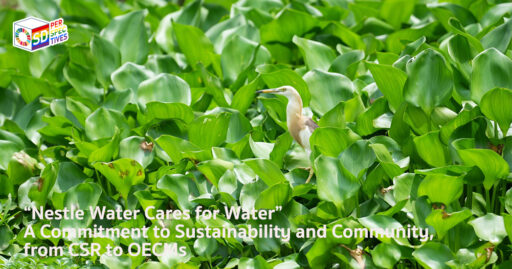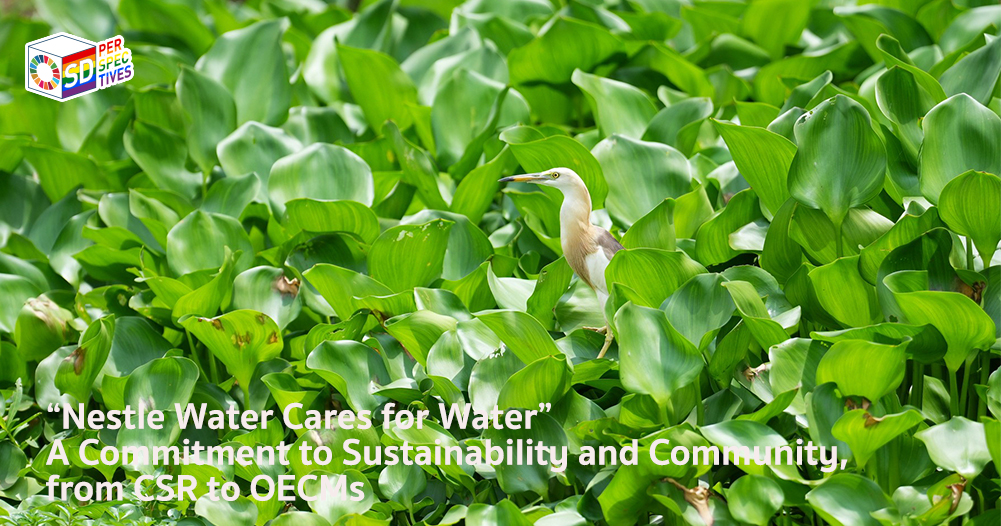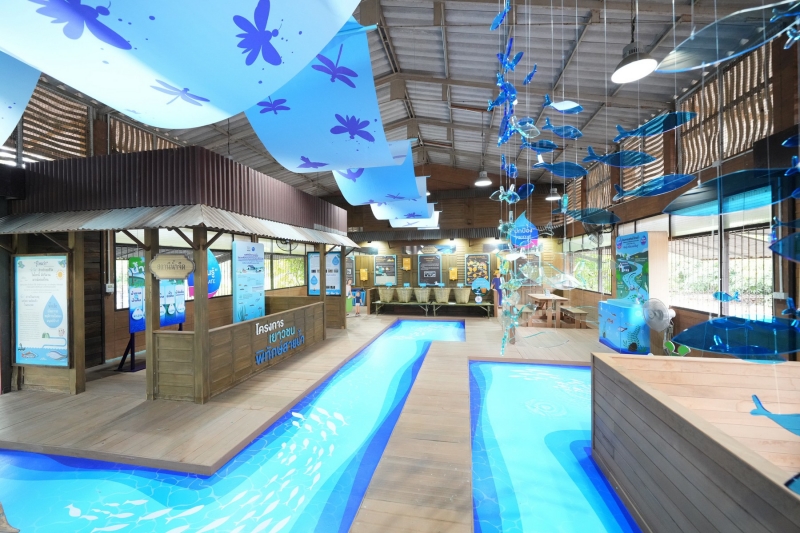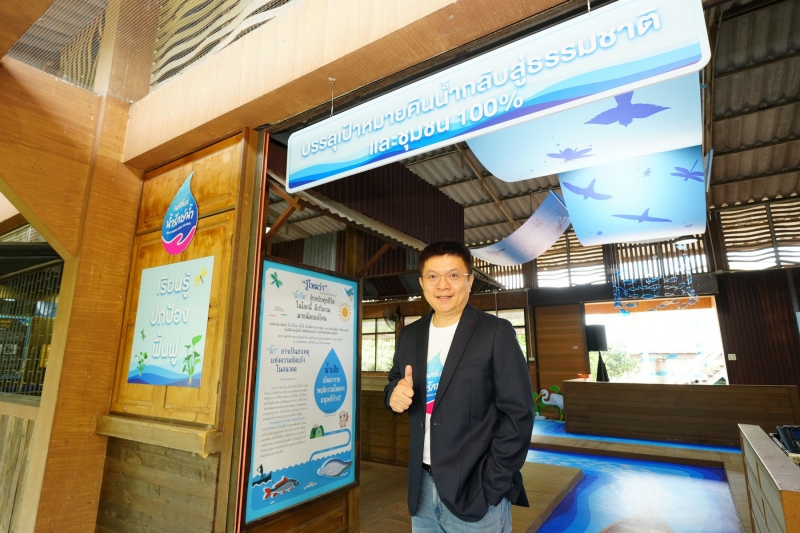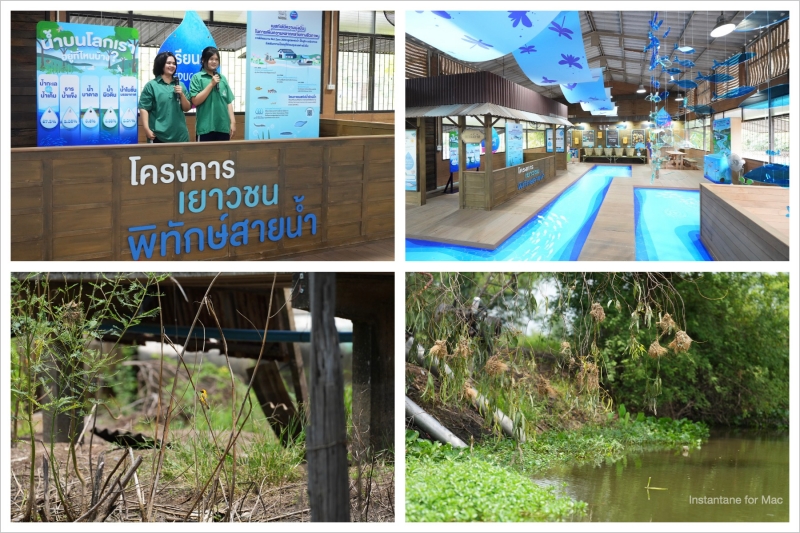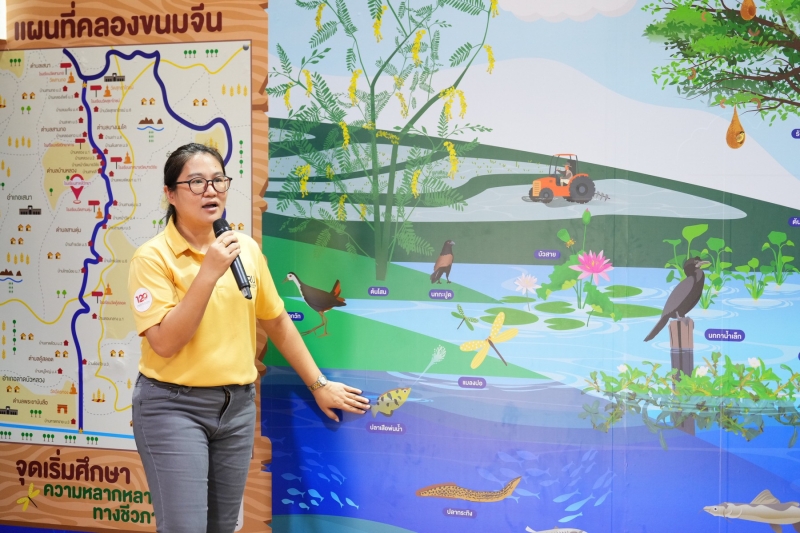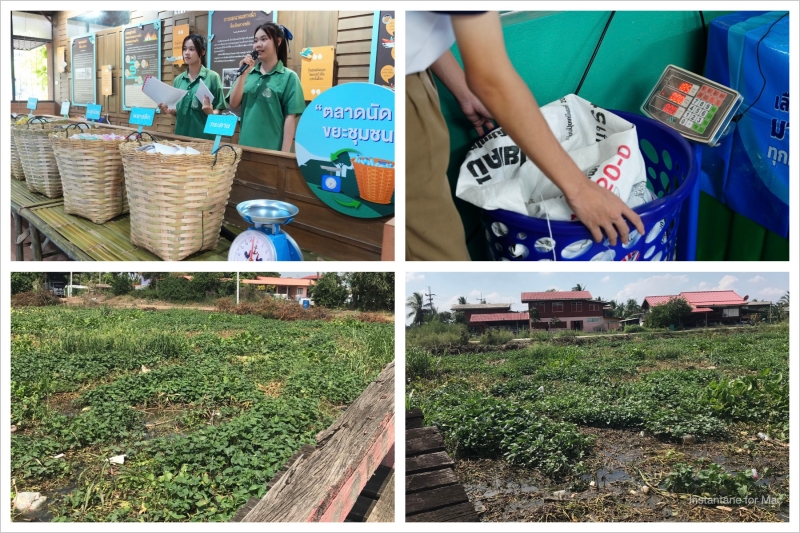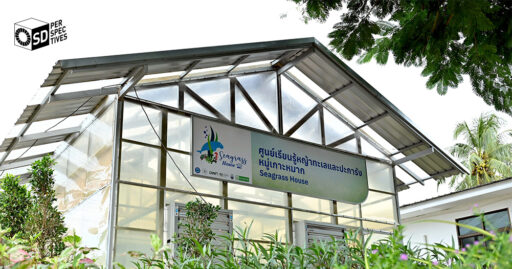July 16,2025…This affected the biodiversity within the water leading to limited species being able to survive and the pollution posing a health risk to the environment and nearby residents. Due to Nestlé and the local communities, the canal has gradually been cleaned and has witnessed remarkable improvements resulting in a thriving biodiversity.
Nestlé Pure Life (Thai) has achieved success with their project “Nestlé Water Cares for Water” which has been active for 10 years. It has been recognised for implementing Other Effectiveness area-based Conservation Measures (OECMs). Since 2015, Nestle has launched this pilot project as a way to accomplish their aim to advocate sustainable resource management with 3 central elements, education, protection and restoration as the foundation of their initiative. The initiative has received the support from the Office of Natural Resources and Environmental Policy and Planning (ONEP) and is based in Ayutthaya focusing on the Khanom Jeen canal (which has a length of 21km, stretching from River Noi to the Phaya Banlue Canal) and surrounding areas. There is also another similar project located in Surat Thani which has been ongoing for 4 years now.
Chaiyong Sakulborrirug, Business Executive Officer – Water Business Unit, Nestlé (Thai) Ltd., said,
“We remain dedicated to continuing this project to sustainably preserve water resources for generations to come.”
At the beginning of the project the community did not have much faith in Nestlé and were hesitant, having noticed similar efforts abandoned and not achieving lasting impacts. This scepticism made Nestlé work on strengthening their trust with these communities and overtime the communities became actively engaged. Originally only one school (Saklee Witthaya School) joined in with their project as the other schools were reluctant but now all 7 schools along the canal partake in the “Nestlé Water Cares for Water” project.
Through hosting workshops and raising awareness within the communities surrounding the Khanom Jeen canal, an essential layer of protection was added to the water source through a deepened sense of responsibility. Protecting the water can in turn, enhance the livelihoods of local residents by supporting a thriving fish population and enabling agricultural improvements, such as the cultivation of edible aquatic plants, which can generate additional income. Even the removal of invasive water hyacinths has benefited the community, as once dried, they can be woven into bags and other useful items. Now fireflies can be found along the canal which is an indicator of the cleanliness of the water. A diverse range of aquatic animals which include moray eels, bull fish and giant freshwater prawns are now commonly found which further highlights the improvements in water quality. Nestlé has also supported schools in furthering their education on sustainability. An example would be Saklee Witthaya School which encourages students to bring in their rubbish in exchanged for points that can be traded in for prizes. This ensures that rubbish is not disposed of in a damaging way and instead can be reused.
Dr. Watcharaporn Tantipanatip, Faculty of Science and Technology at Phranakhon Si Ayutthaya Rajabhat University, said,
“We have observed significant improvements in biodiversity in the Khanom Jeen canal with the implementation of Nestlé’s project over the past 10 years. There are clear signs of better water quality, making it more conducive to life, and an increase in the variety of aquatic species. Populations of clams and various species of fish that were previously absent from the Khanom Jeen canal have been steadily returning and their numbers expanding. This reflects the deep interconnection within the ecosystem and the restoration of a complete food chain, both of which play a crucial role in creating a sustainable balance and biodiversity for the area.”
Nestlé believes projects like “Nestlé Waters Cares for Water” can be effectively reproduced elsewhere but requires three major enablers: mass awareness, policy framework and impact at scale. However, this does not come without concerns and considerations most notably finding an effective approach to shifting the mindsets and perspectives of local residents. For long term impacts there must be strong collaboration with NGOs, local authorities, schools, temples and stakeholders. Committed leadership is crucial to drive and maintain success. Relying on local communities can come with significant advantages however to achieve this the communities must experience a sense of ownership to empower them. By having both groups being dependent on this water source creates shared value and mutual gain.
Challenges can occur when groups feel excluded or hesitant to participate and mutual communication is vital so the project can be adaptable to the locals’ needs. To accomplish such ambitious sustainability projects, close partnership with communities is needed and trust and patience are absolutely paramount and not substitutable. KPIs (Key Performance Indicators) must align with both parties to guarantee the anticipated outcome and satisfaction. Nature-based solutions are at the forefront for this initiative, though new and emerging technologies can’t be ignored as they hold so much potential for greater developments and could be vital tools in achieving larger goals.
Nestlé is looking into technologies such as solar-powered surface aerators and the automation of some of their data.

